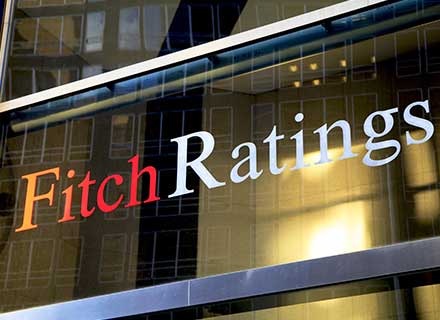According to Fitch Ratings, the debt capital market (DCM) in the United Arab Emirates, which is the largest in the GCC, is anticipated to hit USD 300 billion by the year 2030.
According to a report that was released in the first week of September 2023 by a rating agency, its increasing maturity is a result of “issuers funding diversification goals, and government initiatives to develop the DCM, implement the Dirham Monetary Framework, and build the domestic yield curve.” Its outstanding size had crossed USD 250 billion by the end of the first half of 2023.
Treasury bonds denominated in dirham were issued by the United Arab Emirates (UAE) government in 2022 as a means of diversifying the country’s funding source and contributing to the growth of the fledgling domestic debt market.
In 2023 April, the government announced that it would be launching a program to issue sharia-compliant financial certificates known as Islamic T-Sukuk denominated in dirham.
After the issuance of Dirham T-bonds in the first quarter of 2023, according to Fitch Ratings, the federal government planned to exclusively issue Dirham T-sukuk between May and December of that same year. At the end of the first half of the year in 2023, 92.9% of all outstanding UAE sukuk were denominated in US dollars, while the rest were largely denominated in dirham.
The currency composition of outstanding bonds is more varied, with 69.5% denominated in dollars, 19.4% in dirham, and the remainder primarily denominated in euros.
“The DCM in UAE is increasingly maturing – not only in terms of size, but also through the diversity of issuances and currencies,” said Bashar Al-Natoor, Global Head of Islamic Finance at Fitch Ratings, while adding, “Not only in terms of size, but also through the diversity of issuances and currencies.”
However, the local debt capital markets industry still confronts fundamental hurdles, such as the United Arab Emirates business funding culture being skewed toward bank borrowing. Because COP28 will be held in the United Arab Emirates, sustainability and ESG debt are currently receiving a lot of attention.
Sukuk issuance in all currencies increased by 52.9% year-on-year (YoY), totalling USD 6.7 billion in the second half of 2023. According to Fitch Ratings, the value of bonds also increased by 5.7% (USD 60 billion).
Sukuk issuance increased to 35.1% of US dollar DCM issuance at the end of the first half of 2023, up from 24% at the 2022 end. The remaining funds were issued in the form of bonds.
The United Arab Emirates (UAE) has the greatest proportion of DCM in the GCC at 36.2%. Because Fitch Ratings anticipates that Abu Dhabi and Dubai will refinance maturing debt, Sharjah will borrow to meet the budget deficit, and the federal government will establish a yield curve, the rating agency expects that the combined debt of the UAE will remain steady but will be lower than the median of the ‘AA’ category.
Fitch Ratings observed that its forecast for the country’s DCM market is backed by the fact that UAE banks are important debt investors and are demonstrating decent liquidity as well as solid deposit growth.

